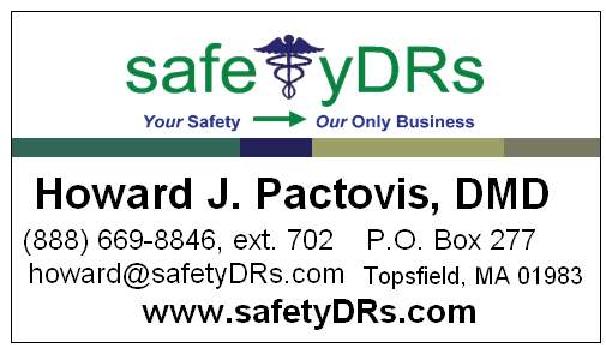 Q. Is it acceptable to use alcohol-based hand rinses in dental offices?
Q. Is it acceptable to use alcohol-based hand rinses in dental offices?A. Yes, in fact, using waterless alcohol-based agents is now considered by the CDC to be the preferred method of skin asepsis. Most formulations contain emollients to soften skin and prevent dryness. Other benefits include rapid and effective antimicrobial action and increased hand asepsis compliance, as these products provide enhanced accessibility and convenience.
However, there are several limitations such as they can not be used if hands are visibly soiled and they should be stored away from high temperatures or flames. In addition, since hand softeners and glove powders may “build-up” on one’s hands, handwashing with soap and water may be needed after every 3-5 applications.












